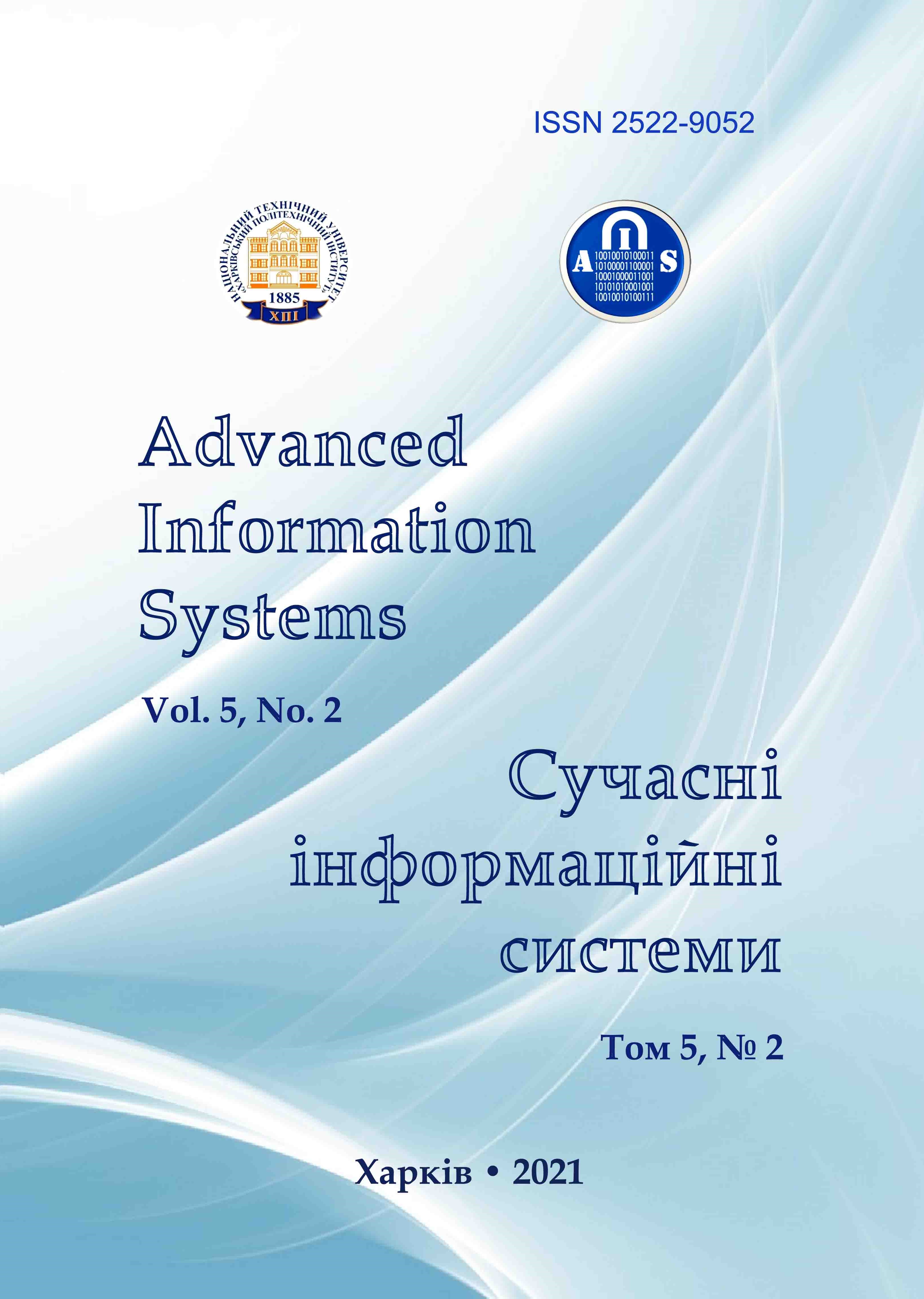EFFICIENCY OF COMPUTER NETWORKS WITH SDN IN THE CONDITIONS OF INCOMPLETE INFORMATION ON RELIABILITY
Main Article Content
Abstract
The paper analyzes the effectiveness of computer networks with SDN in conditions of incomplete reliability information. In order to ensure the specified indicators of the reliability of the computer network, it is recommended to use their guaranteed estimates. To increase the level of security of information systems and introduce the concept of time reserve in the process of packet transmission, it is necessary to separate the functions of traffic transmission from management functions. This is the basic principle of SDN. When using SDN technology in computer networks, it is possible to enter a time reserve when transmitting messages. This makes it possible to more accurately determine the reliability. The evaluation of the data transmission system of the computer network takes into account the possibility of entering a time reserve and obtained the basic calculated ratios for reliability indicators in terms of incomplete information about their distribution laws. A priori information is limited by knowledge of the first initial moments of mathematical expectation and variance. These results are a justification for the structure of computer networks that are designed or upgraded. You can also use this information to build highly reliable networks or technical facilities that exist in a single implementation.
Article Details
References
Kulgin, M. (1999), Technology of corporate networks, Peter, St. Petersburg, 704 p.
Kulgin, M. (1998), “Introduction to the Traffic Management System”, Journal of Network Solutions/LAN [Zhurnal setevykh resheniy/LAN], no. 11, pp. 25–28.
Hall, E. (1988), “Prioritization of traffic in IP networks”, Networks and communication systems [Seti i sistemy svyazi], No. 11 (33), P. 34–39.
Gaidur, G.I., Ilyin, O.O. and Serich, S.O. (2017), “Information technology for the implementation of the algorithm for the synthesis of the graph for assessing the criteria for mastering competencies”, Svyazok [Zvyazok], No. 4, pp. 30-34.
Shalimov A.V. (2020), SDN&NFV: Technologies SDN/OpenFlow, available at:
http://lvk.cs.msu.su/~sveta/SDN_OpenFlow_basics_lecture1.pdf
Kredentser, B.P., Vyshnivsky, V.V., Zherdev, M.K., Mogilevich, D.I. and Stoykova, L.S. (2013), Assessing the reliability of redundant systems with limited source information [Otsinka nadiynosti rezervovanykh system pry obmezheniy vykhidniy informatsiyi], Phoenix, Kyiv, 335 p.
Gaidur, G.I. (2017), “Methods for determining the economic feasibility of maintaining an intelligent information system in conditions of a priori uncertainty”, Modern information protection [Suchasnyy zakhyst informatsiyi], No. 4 (32), pp. 9-13.
Kuchuk, G.A. (2013), Information technologies for integrated data flow control in information and telecommunication networks of critical systems [Informatsiyni tekhnolohiyi upravlinnya intehralʹnymy potokamy danykh v informatsiyno-telekomunikatsiynykh merezhakh system krytychnoho pryznachennya]: monograph, HUPS, Kharkiv, 264 p.
Gnidenko, M.P., Vyshnivsky, V.V., Serykh, S.O., Zinchenko, O.V. and Prokopov, S.V. (2019), Convergent Network Infrastructure [Konverhentna merezhna infrastruktura]: Textbook, DUT, Kyiv, 182 p.
Gnidenko M.P., Vyshnivsky, V.V. and Ilyin O.O. (2019), Building SDN networks [Pobudova SDN merezh]: a textbook, DUT, Kyiv, 190 p.
Vasylenko V., Kuklov, V. and Grynkevych, G. (2016), “Analysis of SDN for wireless handover platform”, Telecommunications and Computer Science (TCSET): 13th International Conference on Modern Problems of Radio Engineering, Lviv: 23–26 Feb. 2016, pp. 630–633, DOI: http://dx.doi.org/10.1109/TCSET.2016.7452136.
